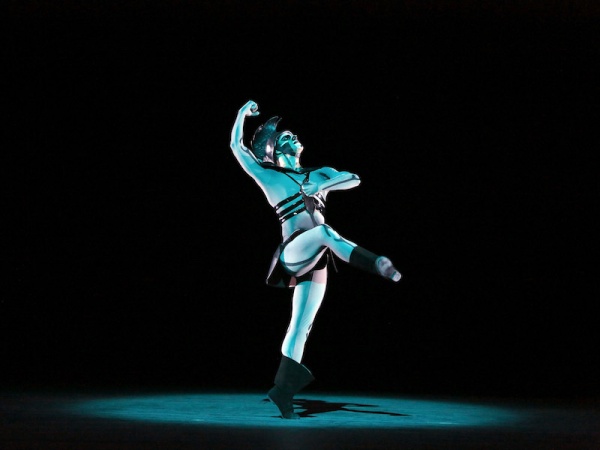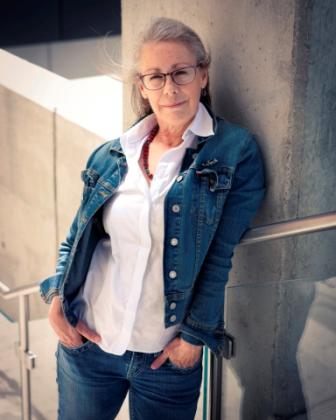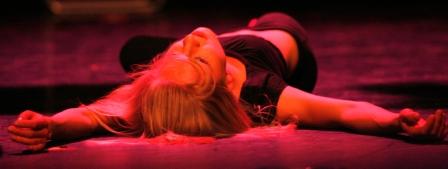MAKE DANCE, NOT WAR
Posted by Deirdre | Filed under Blog
Think civilization and war is likely not the first thing that springs to mind. Opera, ballet, fine painting, chocolate truffles. Objects of beauty symbolize for most what civilization is all about. But gorgeousness comes not without a struggle. The nasty, brutish, blood-letting habits of humankind are the flip side of civilized life. Without it there would be no luxury, no art. As critic Walter Benjamin has observed, there is no chapter of civilization that is not a history of barbarism, too. War makes culture possible.
It is an ugly reality, and perhaps for that reason you don’t see many dance shows taking on war as a theme. A notable exception is The Green Table, an expressionistic ballet created by Kurt Jooss in 1932 that captures the Nazi spirit of his native Germany. Here, Jooss portrays the monstrous architects of war, building their dreams of empire around a civilized drawing room table. But what of the victims?
Generally missing from the contemporary dance repertoire is work that shows the average Joe’s place in war. Where are the poor hapless souls caught up in history’s ever-churning spokes? In Danny Grossman’s searing 1981 anti-war ballet piece, Endangered Species, they are shocked victims of an apocalypse, perhaps never able to repair their lives. Toronto-based choreographer Debbie Wilson presented a different image in War Trilogy, a trio of battle-scarred work she first presented in the year 2000. The people in her work endure their hardships, emerging not as heroes but as ordinary folk forever transformed by the atrocities of war who go on to rebuild their lives. A shared suffering.
Wilson’s themed body of work, originally presented at Toronto’s Betty Oliphant Theatre with mixed results, arose from current events. Each of the three works of her program described the journey of an anonymous group of people forced from their homes because of war. Wilson did research while preparing the triolgy, focusing on the reports of refugees from various provinces of war-torn Yugoslavia who had relocated to containment camps in neighbouring Macedonia in 1999.
But in the resulting work, Wilson did not specify the ethnicity of the victims. They could have been Krajina Serbs, Bosnian Muslims, Kosovo Albanians. But they could also have been any number of persecuted people the world over — the Irish, the Kurds, the Tutsi, the Jews. Wilson let the viewer decide who to see on the other side of the barbed wire fence. less ambiguous was the degree of profound and soul-destroying suffering affecting the displaced.
A challenging subject for a choreographer whose background is jazz dance and classical ballet, and one which Wilson crafted into a dance-narrative, a war drama set to movement. Sharp jerkings of the body denoted the disjointed reality of the refugees; tender duets, with reaching and sweeping gestures, underscored that when all is gone, one clings more desperately to family. Visually the images were well-defined. But the choreography tended to court cliches and other truisms about the horror of war. It generally failed to say anything new. A situation of good intentions gone amiss.
The first dance in the trilogy, Flight, depicted the refugees as a convoy of rag-worn bodies that limp slowly out of the darkness towards the lights at the front of the stage. One by one, the five dancers splintered off into expressive solos showing their personal sorrow. But their conventional, everyday gestures did not provide insight. What are their outstretched hands saying? Why me? Where am I? What’s up?
This lack of clarity continued into the next piece, Refuge, in which the dancers shuffled about within a confined space, showing signs of boredom-induced lethargy. Their boredom was contagious. I found myself looking at my watch.
But in Return, the trilogy’s final segment, came as a jolt.
Where the previous two pieces were obvious and predictable, Return was blunt, even startling. The refugees have returned home only to find corpses of their loved ones hanging from the ceiling. A lone woman twirled silently beneath the dangling bodies, stopped and then looked upwards before being pushed back on her heels as if collapsing beneath the weight of her grief. Wojciech Kilar’s commissioned score sounded a mood of despair that penetrated complacency, making you flinch and take notice. The conclusion hit home. it made you think, and think about war and the human cost.




